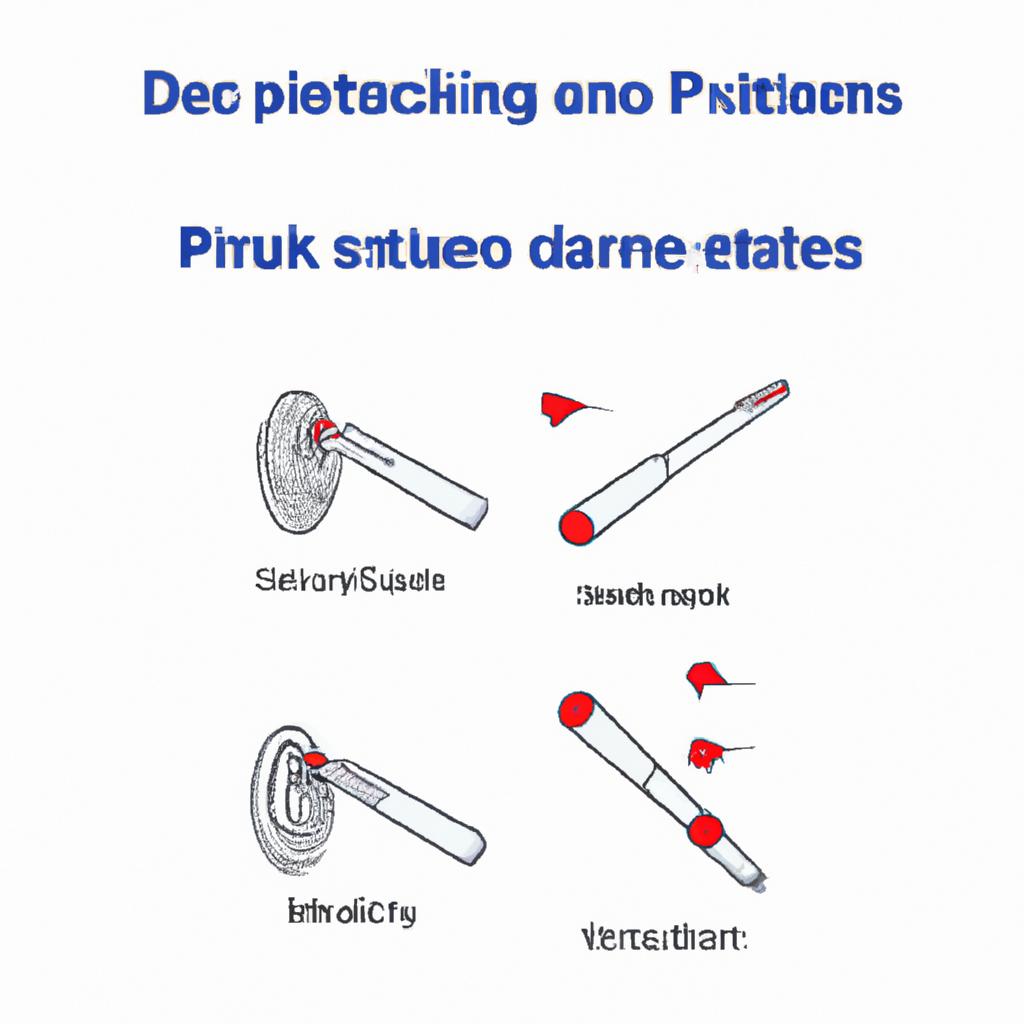Perfecting Your Stroke: A Comprehensive Guide to Drills for Improving Freestyle Efficiency
# Perfecting Your Stroke: A Comprehensive Guide to Drills for Improving Freestyle Efficiency
Freestyle swimming is not just about speed; it’s about efficiency. The ability to glide through the water with minimal resistance can make the difference between a good swimmer and a great one. This blog post presents a comprehensive guide to drills specifically designed to enhance your freestyle stroke efficiency. By incorporating these drills into your routine, along with paying attention to nutrition and overall health, you can maximize your performance in the pool.
## Understanding Freestyle Efficiency
### What is Freestyle Efficiency?
Freestyle efficiency refers to the swimmer’s ability to cover more distance with less energy expenditure. This involves not only the technique of the stroke but also the swimmer’s body position, breathing, and kick. Improving your efficiency can lead to faster times and less fatigue, allowing for longer training sessions and more competitive performances.
### Key Components of an Efficient Freestyle Stroke
To achieve efficiency in freestyle, swimmers need to focus on several key components:
– **Body Position**: A streamlined body position reduces drag.
– **Breathing**: Proper breathing techniques help maintain rhythm without disrupting stroke mechanics.
– **Kick**: An effective kick enhances propulsion and stability.
– **Arm Stroke**: A high-elbow catch and smooth recovery phase are crucial for propulsion.
## Essential Drills for Improving Freestyle Stroke Efficiency
### 1. Body Position Drills
Maintaining a streamlined position is essential for reducing drag. Here are two effective drills:
#### **Streamline Drill**
– Push off the wall in a streamlined position, with arms stretched overhead and head aligned with the spine.
– Focus on keeping your body flat and horizontal in the water.
– Hold this position for as long as you can while engaging your core.
#### **Single Arm Freestyle**
– Swim freestyle using one arm while keeping the other arm extended in front.
– This drill helps isolate body position and reduces drag, allowing you to focus on your stroke technique.
### 2. Breathing Drills
Breathing can disrupt your stroke rhythm, so practicing effective techniques is vital.
#### **Bilateral Breathing**
– Swim freestyle while alternating your breathing sides every three strokes.
– This drill promotes symmetry in your stroke and enhances your ability to maintain a balanced body position.
#### **Side Breathing Drill**
– Swim freestyle but turn your head to breathe every two strokes, focusing on keeping your body flat and your kick steady.
– This helps you practice maintaining your stroke while focusing on breathing.
### 3. Kick Drills
A powerful kick is essential for stability and propulsion.
#### **Vertical Kicking**
– In deep water, kick vertically with your arms crossed over your chest.
– This drill builds leg strength and improves your overall kick efficiency.
#### **Flutter Kick on a Board**
– Hold onto a kickboard with your arms extended and perform a flutter kick.
– Focus on a steady and consistent kick while keeping your body streamlined.
## Nutrition Tips for Swimmers
To complement your training and ensure optimal performance, consider the following nutrition tips:
### **1. Stay Hydrated**
Proper hydration is crucial for maintaining energy levels and reducing fatigue. Aim to drink water before, during, and after your swim sessions.
### **2. Balanced Meals**
Incorporate a mix of carbohydrates, proteins, and healthy fats in your diet. Carbohydrates are vital for energy, proteins aid in muscle recovery, and fats support overall health.
### **3. Pre-Workout Snacks**
Consume light snacks that are easy to digest before your workouts. Options like bananas, yogurt, or energy bars can provide quick energy without weighing you down.
## Exercise Advice
In addition to your swim drills, consider incorporating strength training and flexibility exercises into your routine. Here are some suggestions:
### **1. Strength Training**
Focus on exercises that target the core, shoulders, and legs. Movements like squats, lunges, and planks can enhance your swimming performance by building strength and stability.
### **2. Flexibility Workouts**
Incorporate stretching and yoga into your regimen to improve flexibility. A flexible body enhances your stroke mechanics and reduces the risk of injury.
## Health Benefits of Swimming
Swimming offers numerous health benefits beyond improving stroke efficiency:
### **1. Cardiovascular Fitness**
Swimming is an excellent aerobic exercise that enhances heart and lung function.
### **2. Low-Impact Exercise**
Being in the water reduces stress on joints, making swimming a suitable exercise for















Post Comment